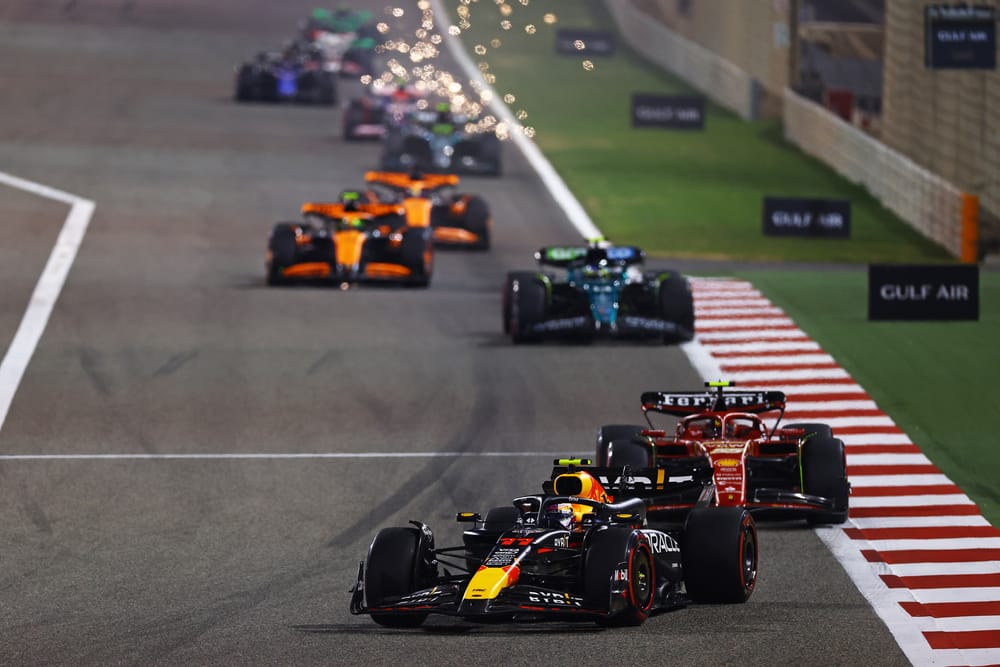Up Next

The Bahrain Grand Prix race performance makes it very easy to think Red Bull is set for another record-breaking Formula 1 season.
The one saving grace was that in qualifying it was a lot closer and Ferrari could have been on pole position. But as always, a deep dive into the numbers will tell you far more.
I've taken a deeper look at several measures of team performance, in particular progress year on year and disparities between single-lap and race pace.
It is going to be difficult to beat Red Bull on a regular basis. But sometimes, if you can put pressure on in qualifying, it changes the dynamic and a team ends up making different decisions.
After the first few laps in Bahrain, it was a walk in the park, or rather desert, for Max Verstappen. That meant he could afford to turn everything down and the team didn't need to take risks with strategy or rush its pitstops. Being under no pressure always makes it easier.
TEAMS' PROGRESS (OR OTHERWISE)
Let's we drill down a bit deeper to get a snapshot of what progress the teams have made since the introduction of the ground effect regulations at the start of 2022 (pictured below). It’s a more revealing picture and shows that, after three years, it really is a case of diminishing returns.
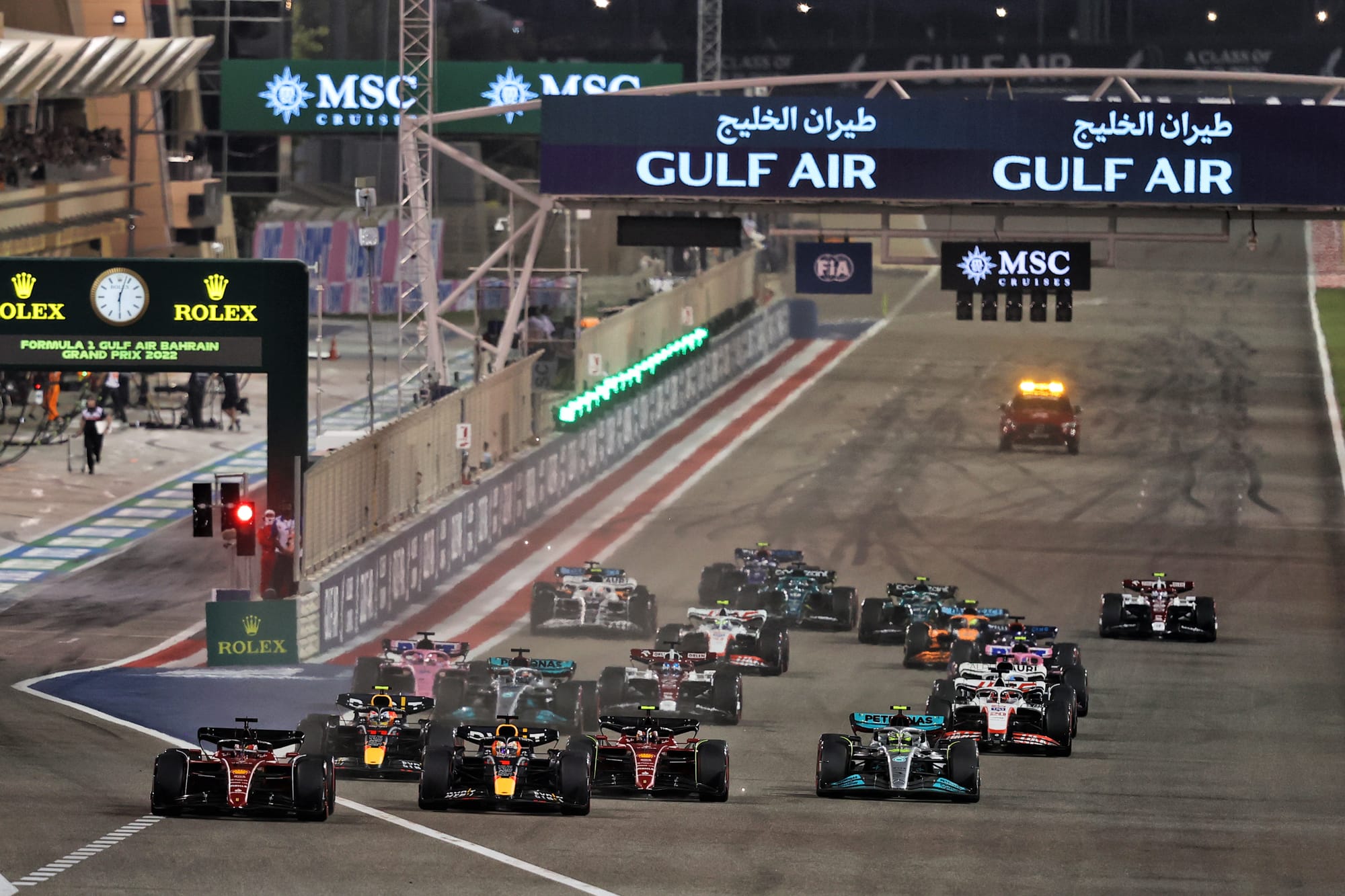
The graphic below shows how the drivers lined up as far as the overall competitive order is concerned, based on their outright fastest laps of the weekend (the best of which last weekend was Charles Leclerc's in Q2), and I have compared this performance percentage to the average across the last six races of 2023.
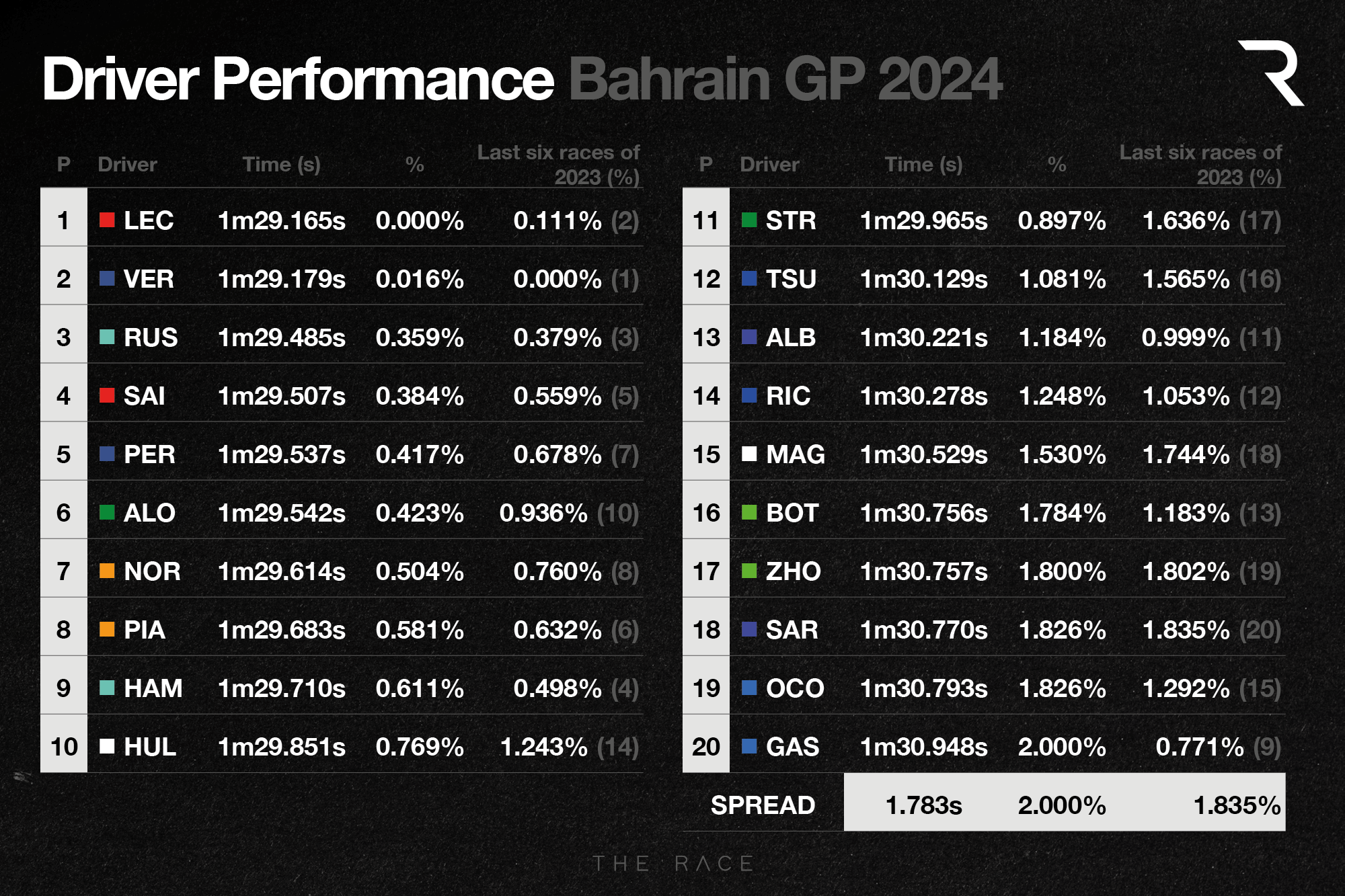
No driver had a perfect score of being fastest at each event across that period but, unsurprisingly, Verstappen was closest at 0.122%. To be able to compare apples with apples I have taken that percentage for everyone and put their position in brackets.
This only compares one event to the average across six events so things will change as the season progresses, but it’s all a little topsy turvy. For some, the winter didn’t go well, neither chassis-wise nor driver-wise.
Alpine, for instance, clearly has a lot of work to do, but we knew that from its testing performance so it comes as no surprise. To compound Alpine’s problems, technical director Matt Harman and head of aero Dirk de Beer have resigned their positions.
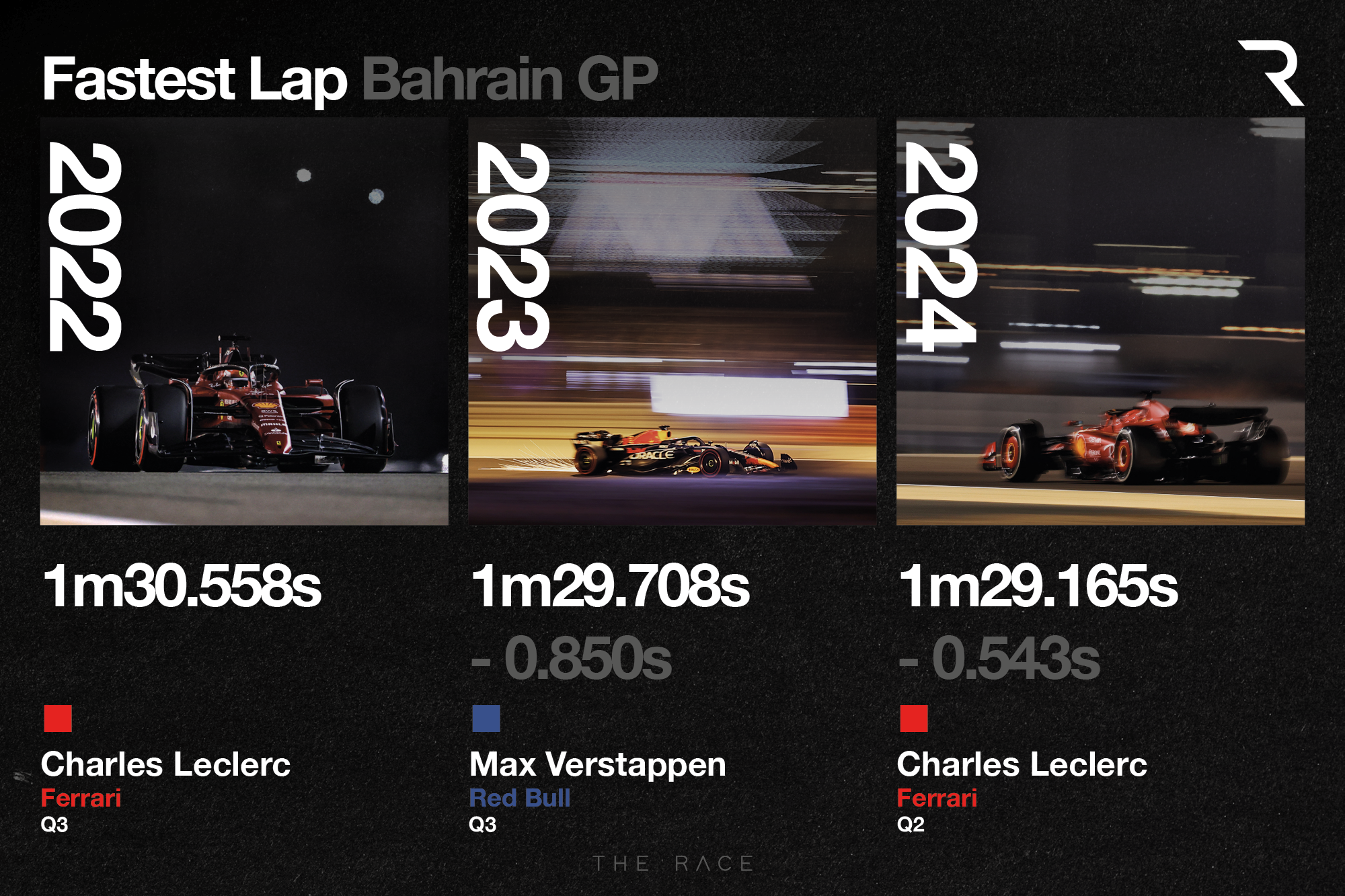
Comparing the performance judged by each team’s best lap in Bahrain in 2024, 2023 and 2022 and converting it into a percentage of the outright fastest helps us to see who has made the best progress since the start of this regulations cycle - a time over which, as the graphic above shows, the cars are already getting significantly quicker. We can also see the overall performance spread, to judge how close the field is.
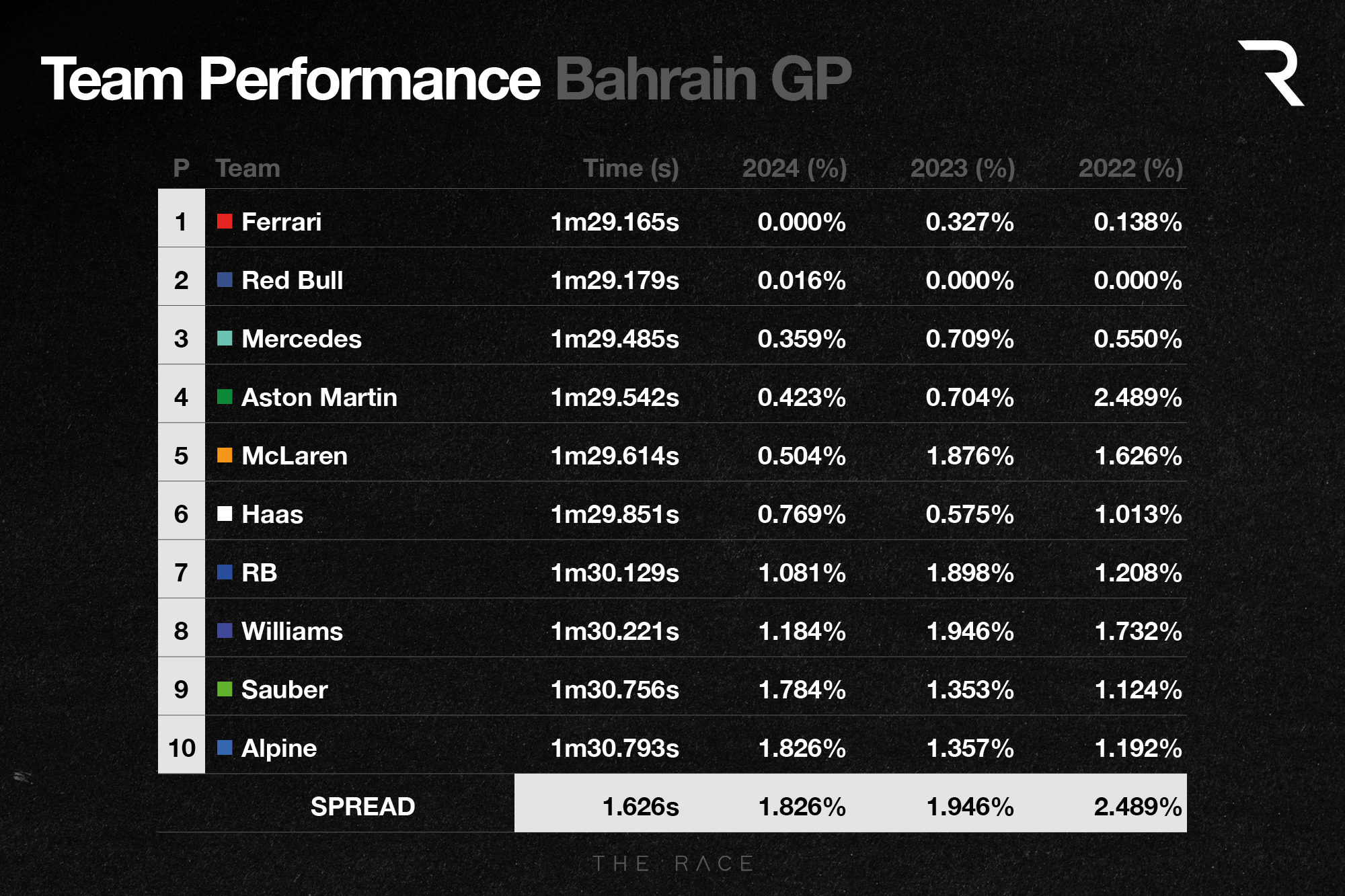
This proves the old adage that if you leave the regulations alone, the field will get closer. The field spread dropped from around 2.5% in 2022 to 1.8% this year. It’s a case of diminishing returns, but it is getting closer.
QUALIFYING/RACE SWINGS
Now let’s look at who made progress since last year as far as tyre degradation is concerned, or perhaps didn’t. The tyre compounds remain the same as last year, so that’s a fair comparison. This could also show teams who biased their set-up approach in favour of the race.
To account for this, I’ve compared the qualifying position to finishing position and noted the difference.
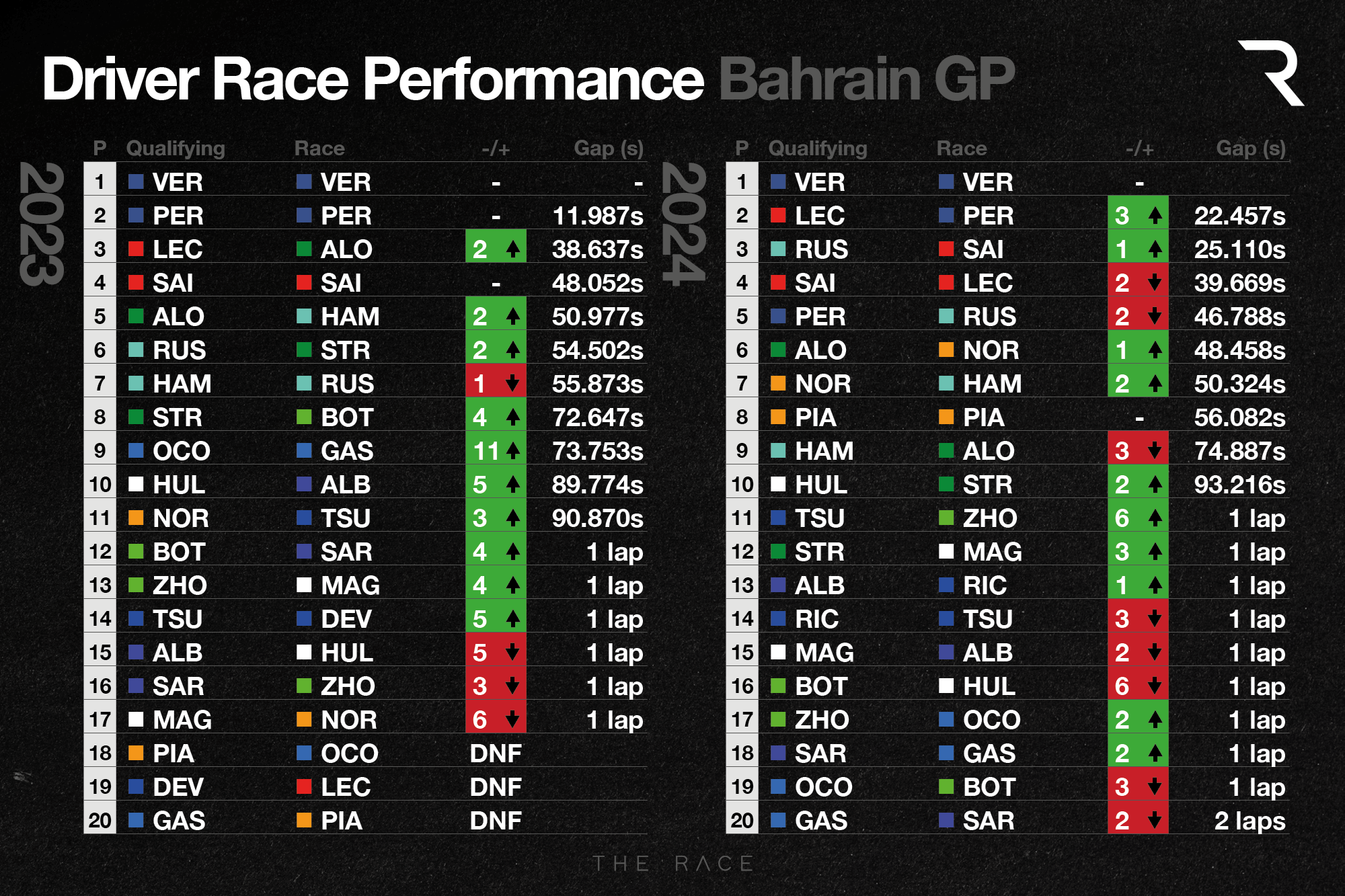
Now, we can filter out the drivers and look only at the teams. This is achieved by ranking them in order of their lead driver in each of qualifying and the race. It’s not always the same driver, simply the best-placed in each.
This includes the deficit in terms of time and the percentage.
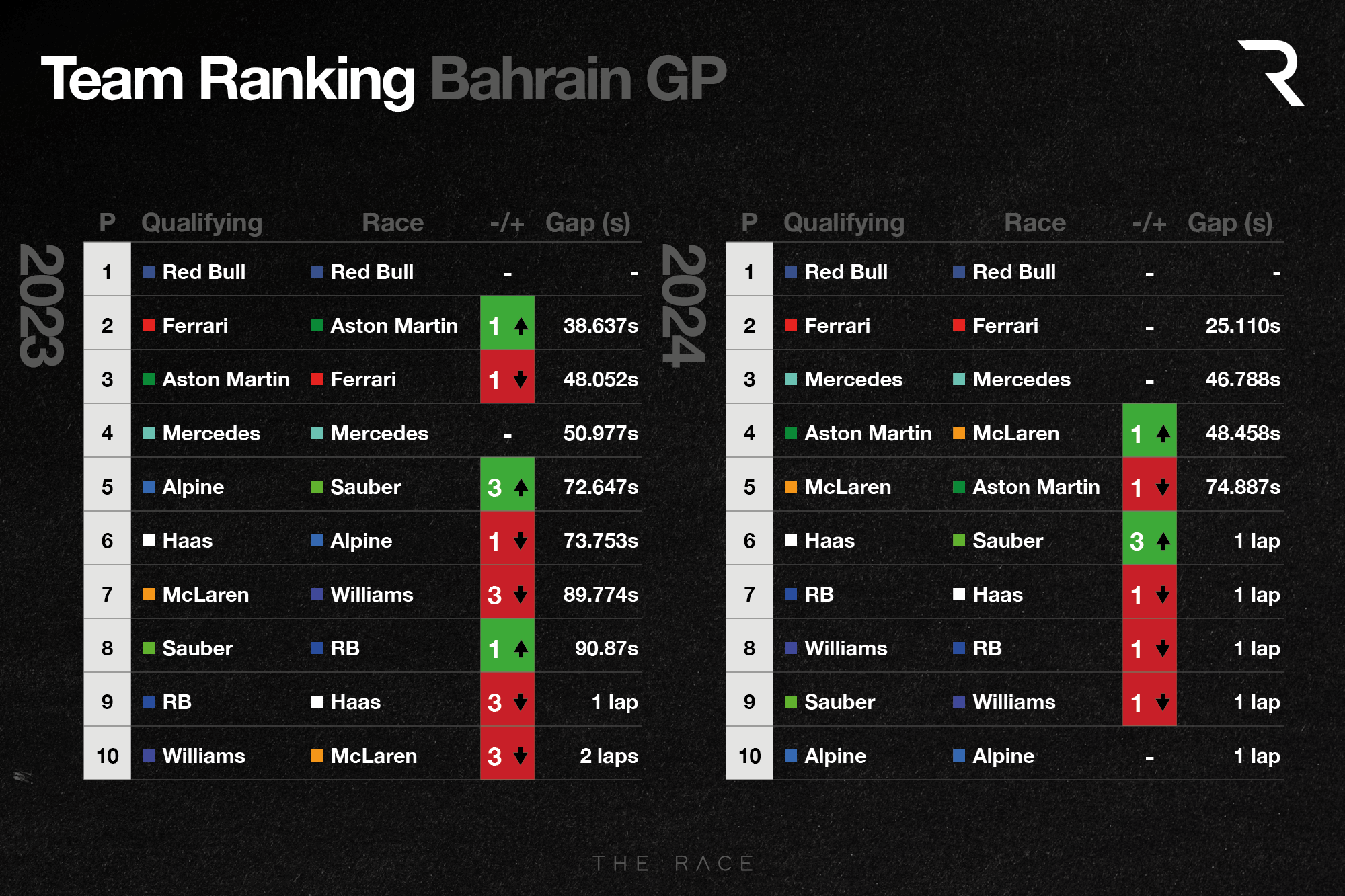
Last year, every team had at least one car finish. This year, 20 cars reached the chequered flag, which for the first race of the season is an amazing feat. It’s the first time it has happened in F1 history.
Being equal in terms of qualifying and race position suggests that is just about where you are in terms of performance.
If we just compare the percentage offset between the team's fastest lap of the 2024 weekend and the 2024 grand prix finishing time offset for the five teams that finished on the lead lap, we get the following. Just to give some hope, it’s ranked based on fastest lap order.
FERRARI
Fastest lap: 0.000%
Race deficit: 0.456%
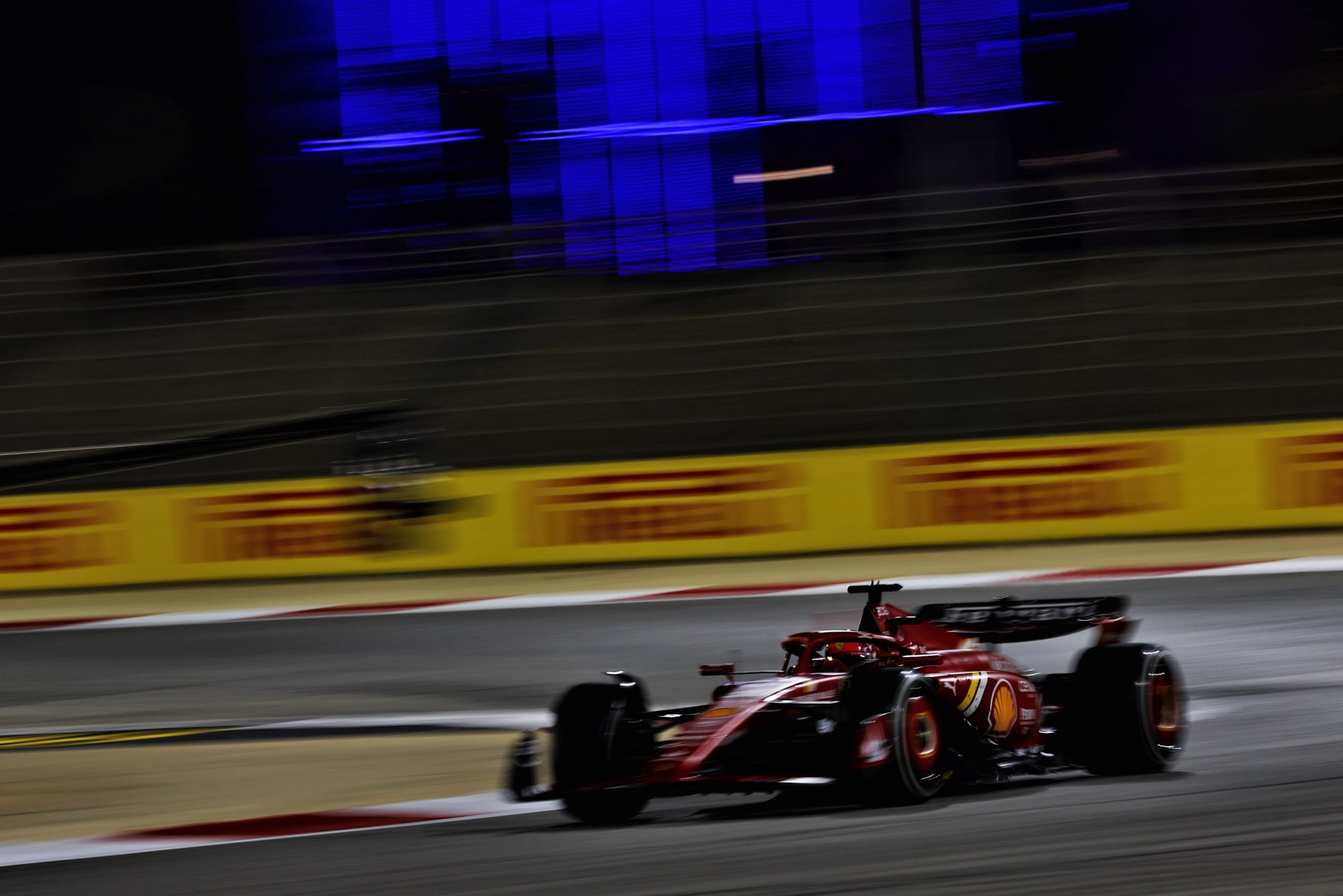
While Charles Leclerc had braking problems, with that big split in terms of front brake temperature meaning he battled lock-ups, team-mate Carlos Sainz had a fairly clean race to third.
Ferrari has tried to improve its weakness in terms of being far stronger in qualifying than the race over the past two years, but this suggests it still has some more work to do on that score.
RED BULL
Fastest lap: 0.016%
Race deficit: 0.000%
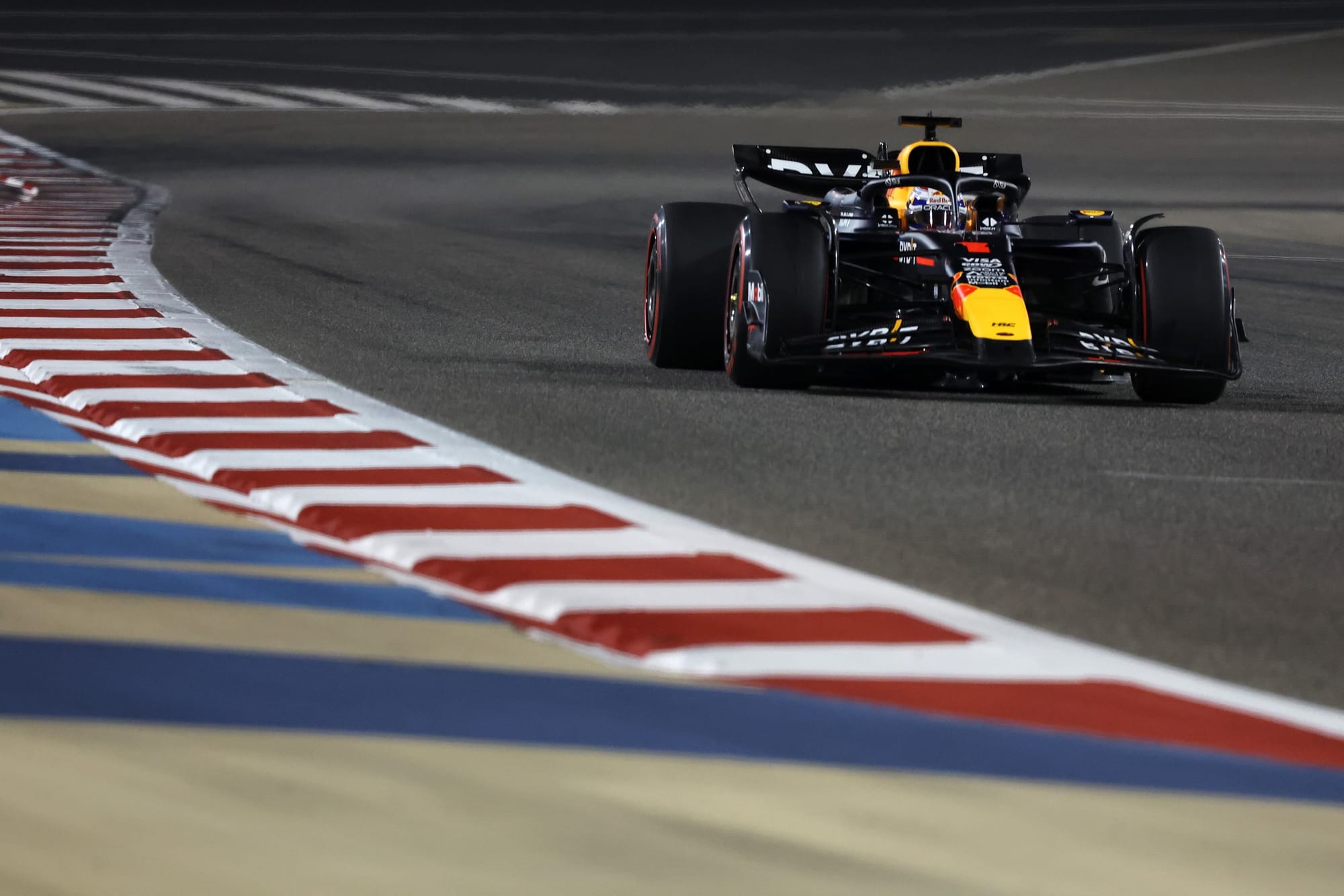
Pole position showed the Red Bull RB20 isn’t slow over a lap, but it could just as easily have been a Ferrari front row.
However, in the race Red Bull is in a class of its own. Max Verstappen’s fastest lap on fresh softs was a 1m32.608s, which is (only) three seconds off what his average laptime was for the race.
MERCEDES
Fastest lap: 0.359%
Race deficit: 0.850%
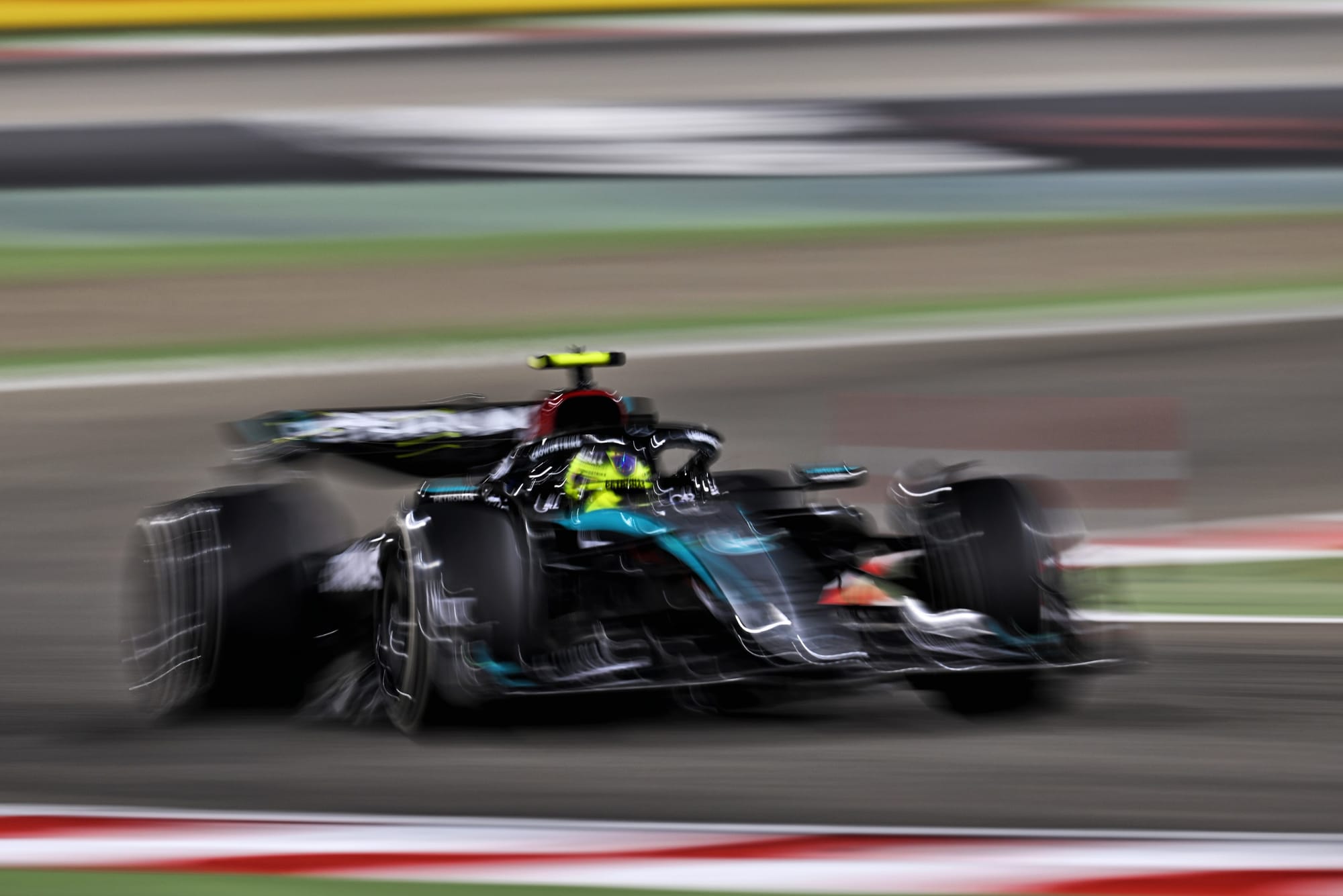
Qualifying was not special, but it was OK. The gap of 0.225s between the drivers wasn’t good to see but that was largely down to Lewis Hamilton having a moment coming through Turn 4.
But in the race Mercedes was far less competitive thanks to cooling problems throughout.
It seems that the team didn’t do its homework properly. After three days of testing, which is 24 hours of running with one car, then three free practice sessions with two cars, to fail to accommodate the cooling requirements is simply negligent.
The positive is that the mechanical platform appears to be working reasonably well, although there was some corner entry bouncing. However, the rear end seems to be giving the drivers the stability they need.
Knock off the half a second a lap that the team thinks it lost (an ambitious estimate, I think) by having to manage system cooling and that does show the car could be fast enough to fight with Ferrari, but it’s still some way off Red Bull.
ASTON MARTIN
Fastest lap: 0.423%
Race deficit: 1.360%
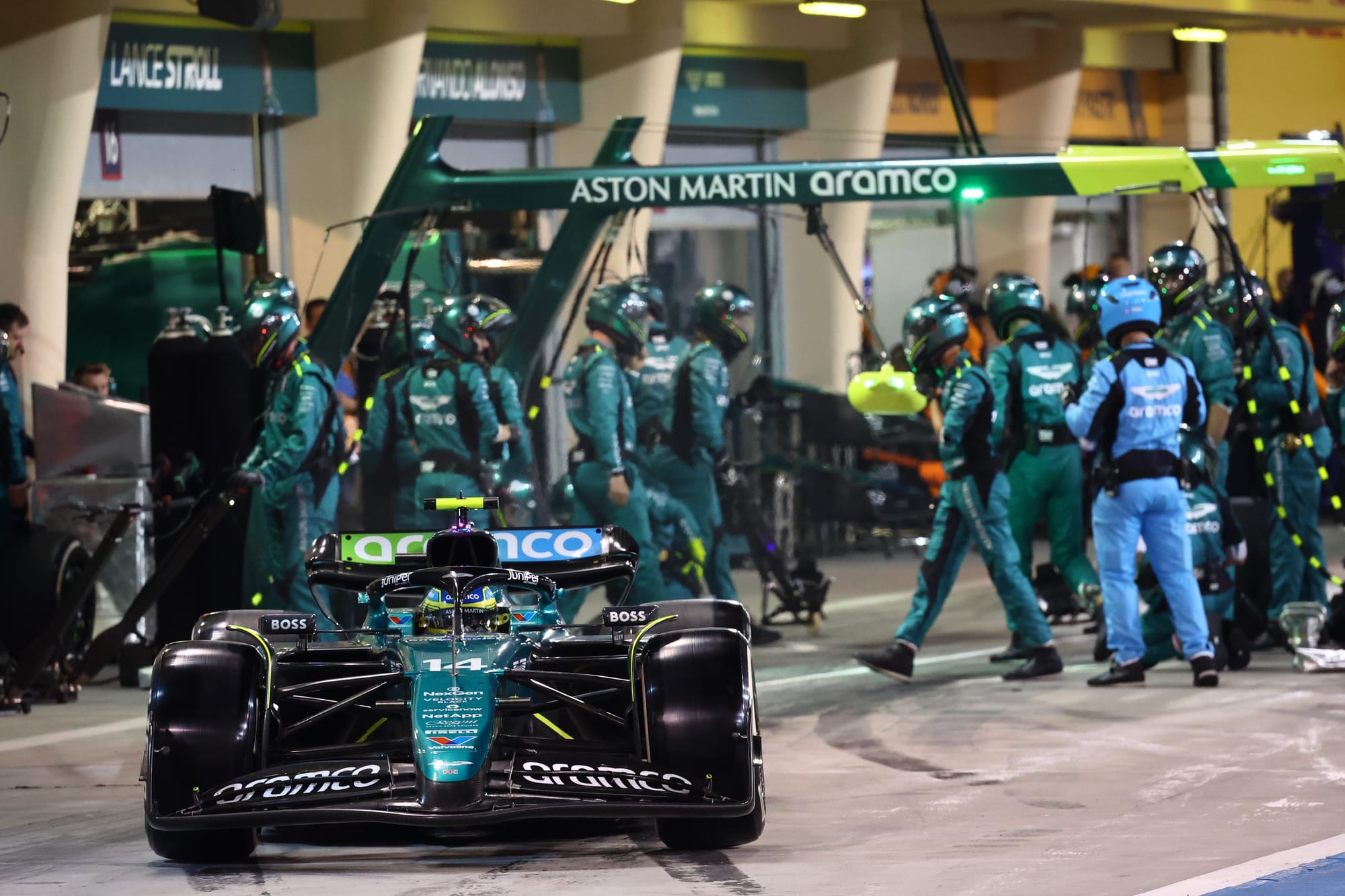
Aston Martin didn’t look all that special in qualifying, but it turned out that this was actually the AMR24’s strong suit.
In the race, it performed a little like Haas last year so Aston Martin needs to take a close look at its race pace.
McLAREN
Fastest lap: 0.504%
Race deficit: 0.880%
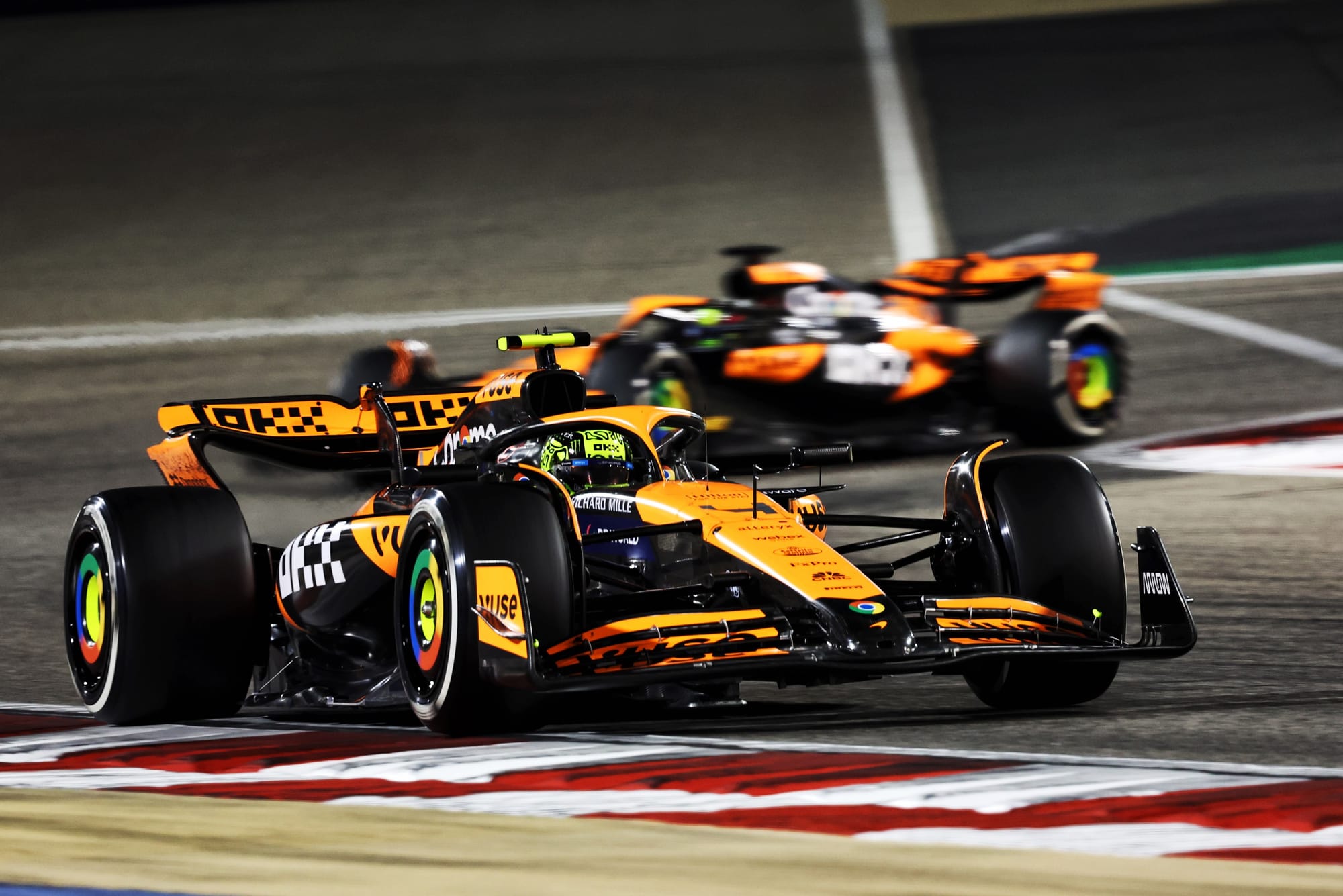
McLaren probably came away from Bahrain reasonably happy, but definitely needs more pace for qualifying and the race if it is to be a frontrunner.
It’s still not at its best in slow corners and there’s some mid-corner understeer, but we can expect McLaren to be stronger at other circuits.
SO CAN ANYONE BEAT RED BULL?
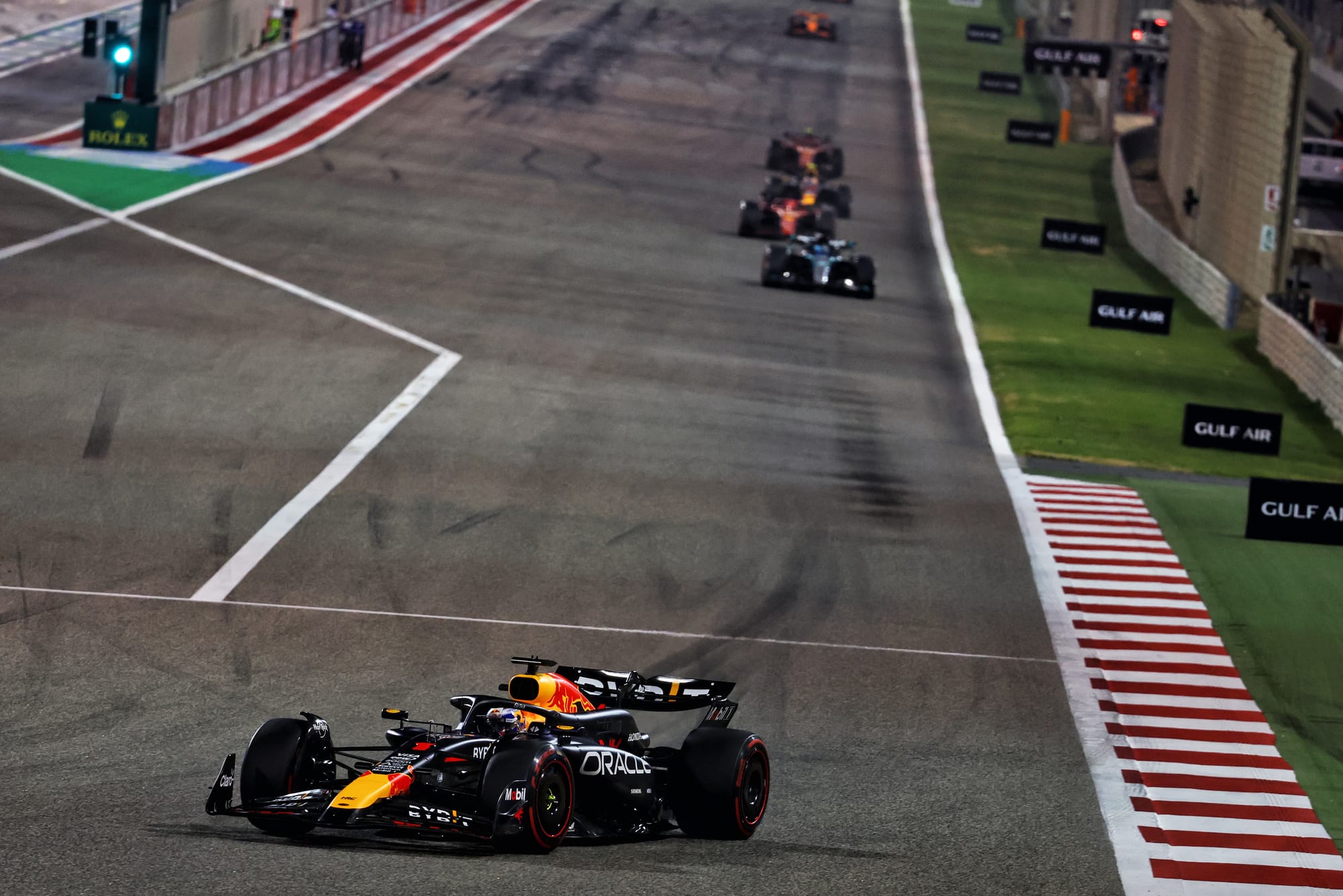
The race deficit is the revealing figure. Just as last year, you can paint a very closely-fought competitive picture using single-lap pace, but when it comes to race performance Ferrari is more or less half a second per lap behind Red Bull.
Yes, the chasing pack all had their own individual problems, but Red Bull didn’t have a perfect weekend itself.
This suggests what we’ll see in 2024 is something very similar to last year, with Red Bull under pressure and sometimes beaten in qualifying but usually in a class of its own on race pace.
We thought when the Red Bull RB20 launched that rivals had good reason to fear it. And what we saw in Bahrain suggests that it could be another dominant season.


